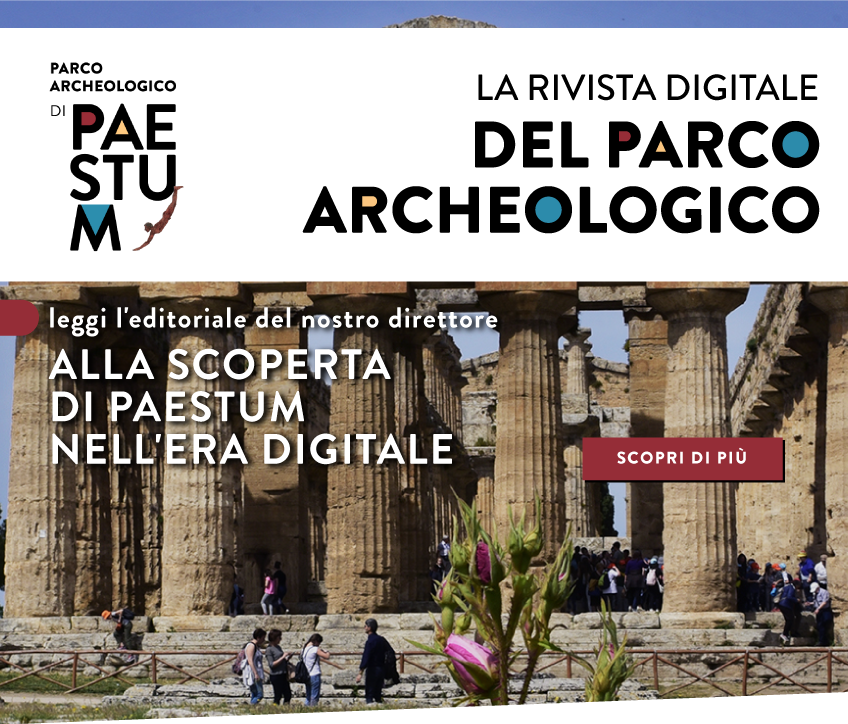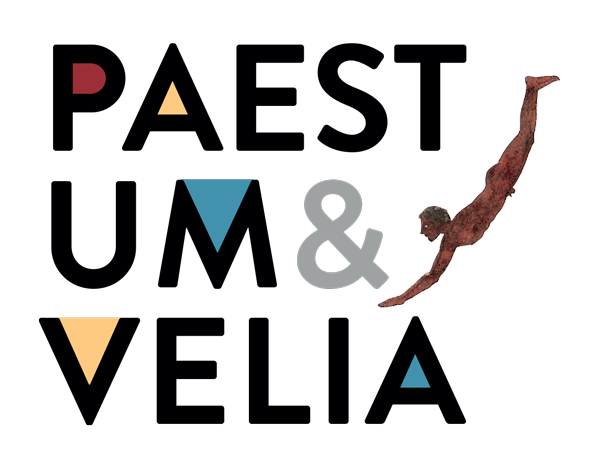DISCOVERING PAESTUM IN THE DIGITAL ERA


ear Readers,[br]
While olives and grapes are being harvested in Cilento and the Alburni mountains , we are preparing to gather new data about the history of Paestum: we are beginning the second stratigraphic excavation campaign in the residential part of the ancient city, in the district immediately behind the Temple of Neptune.[br]
Our aim is to explore the remains of the “world” surrounding the Paestum temples, dating back to the 6th and 5th centuries BC. We are fairly well informed about the necropolises and the public spaces (the agora, i.e. the main public space of the city, and the urban sanctuaries). But unfortunately we know almost nothing about the houses, and therefore have little information about the daily life, the economy and domestic architecture of Paestum.[br]
The excavation is designed to change this situation, and we invite you to follow it directly at the site or through our social networks.[br]
The project, which began last year, has already yielded some very intriguing information: we are investigating a large structure built of stone blocks, dating back to the late 6th century B.C. (when the Temple of Athena was built). Was it a house? Perhaps, but it would have been an absolutely “monumental” house considering the period. We therefore need to go deeper, even in the most literal sense of the word.[br]
From November 1st, two research assistants will supervise this excavation, paid by a sponsorship deal with “Pastificio Antonio Amato”, the pasta company that signed a contract in 2016 to support the Paestum excavations for three years. Elisa Biancifiori and Serena Guidone, both PhD students at “La Sapienza University” in Rome, will be with us for 6 months, working in the field and carrying out new research.[br]
Meanwhile, in the museum we have arranged two display cases with some of the finds from last year’s excavation – you can see them more or less as they came from the excavation, still in their boxes and divided into “categories”. A video accompanying the exhibition explains how, through the study of material, it is possible to proceed from the excavation material to a historical and anthropological reconstruction of contexts.[br]
And if this is not enough to entice you to return to Paestum, you may be interested to know that the event “Vino del Tuffatore” (The Wine of the Diver) will be held again on November 11th. Now in its third year, wine makers will once again be at the museum where you have the chance to taste their wines. This year’s theme is “natural wine” which is not the same as “organic” wine. This is explained in a film by Jonathan Nossiter, the American director who lives in Italy and who will be with us for the presentation of the documentary. And this year, of course, we will also be talking about archaeology (hence the reference to the Diver) with particular emphasis on the metopes from the sanctuary at the mouth of the river Sele.[br]
We look forward to seeing you at the museum![br][br]
![]() [br]
[br]
Director of Paestum Archaeological Park






